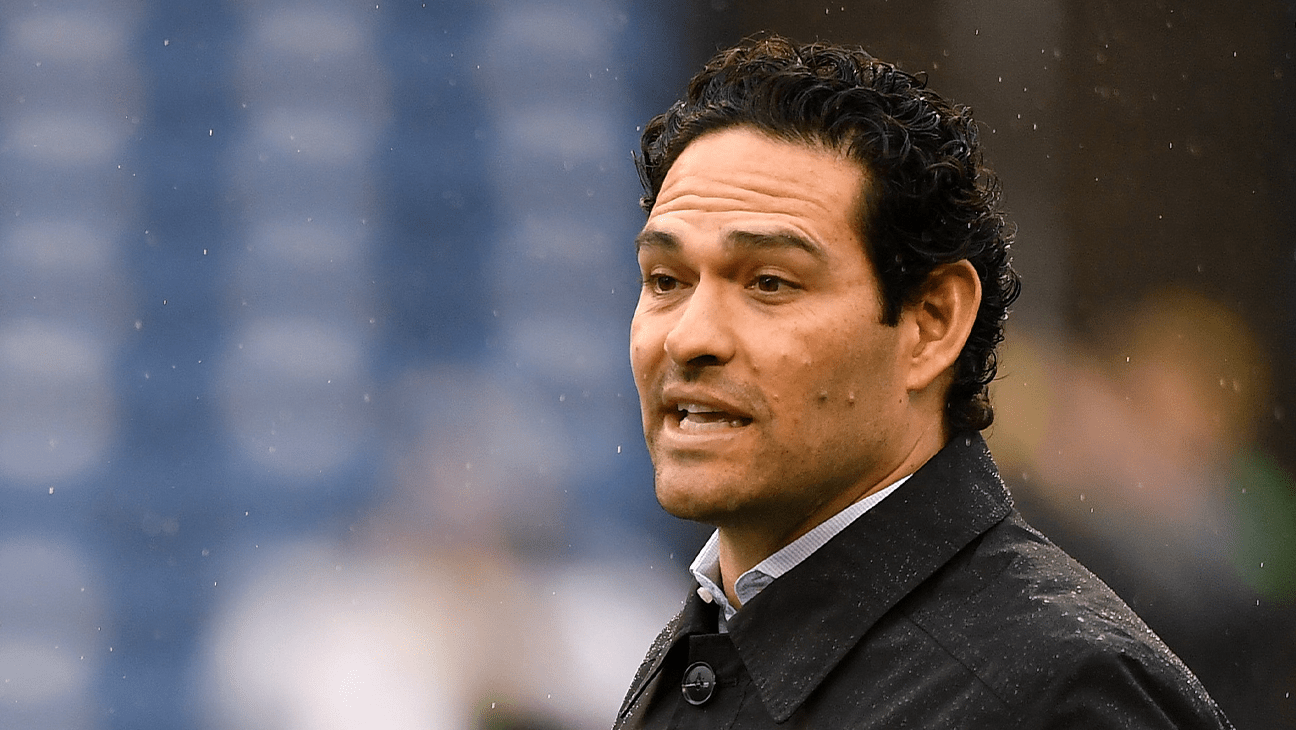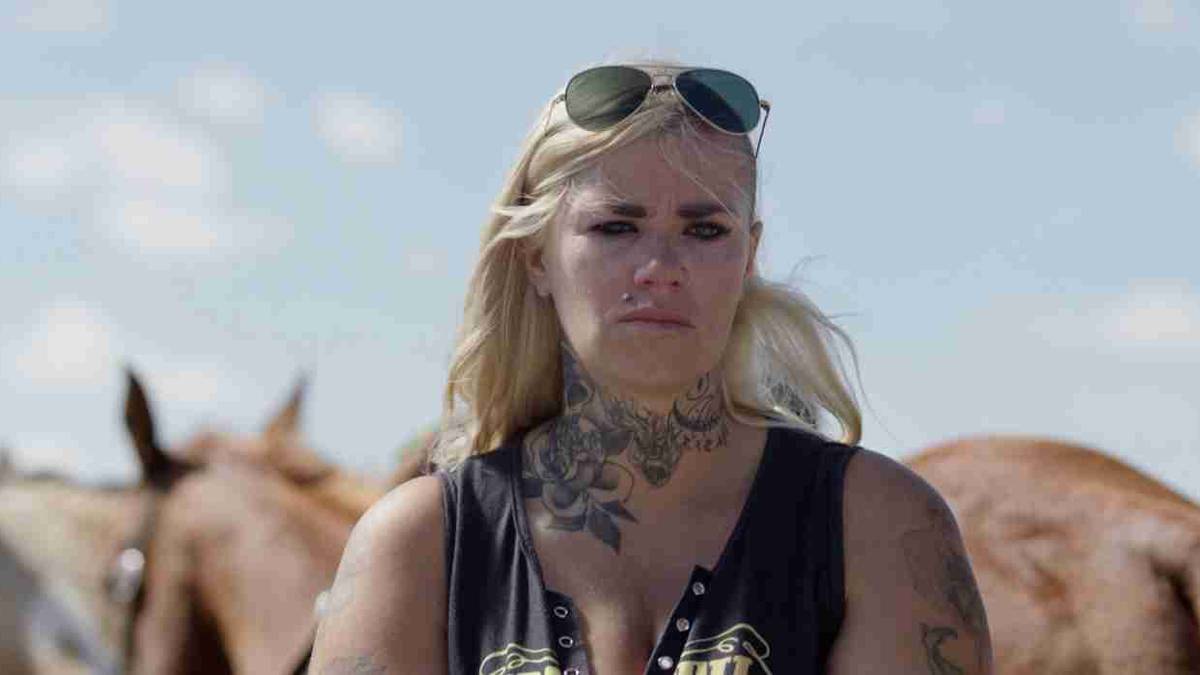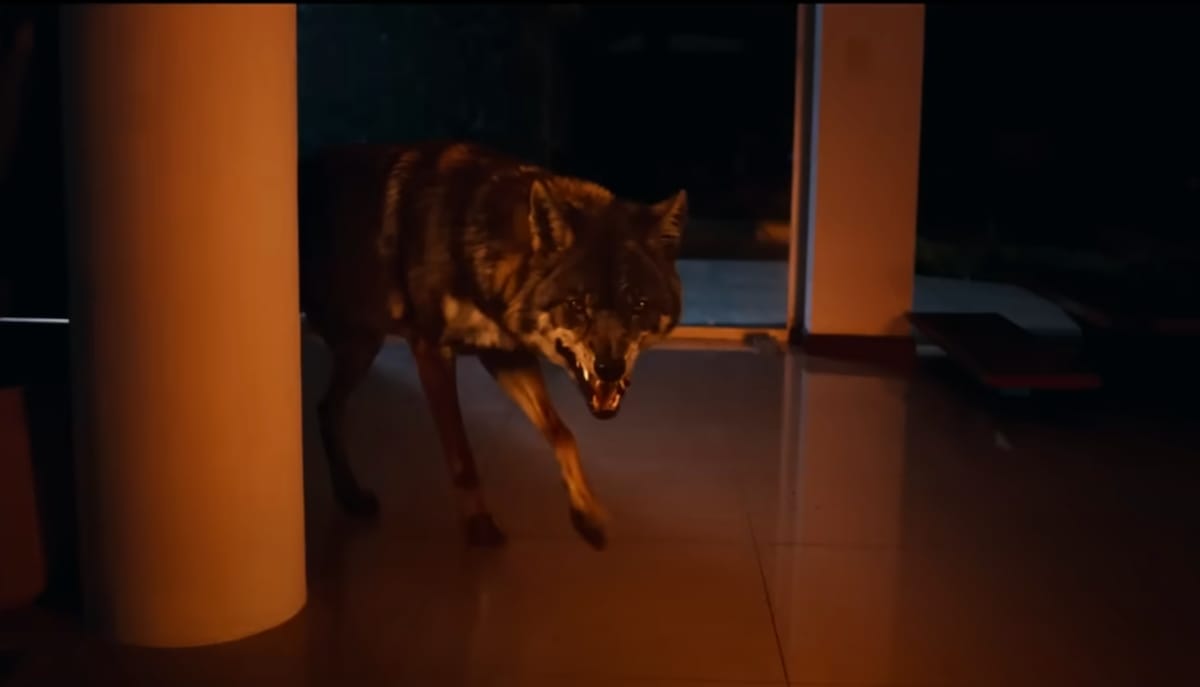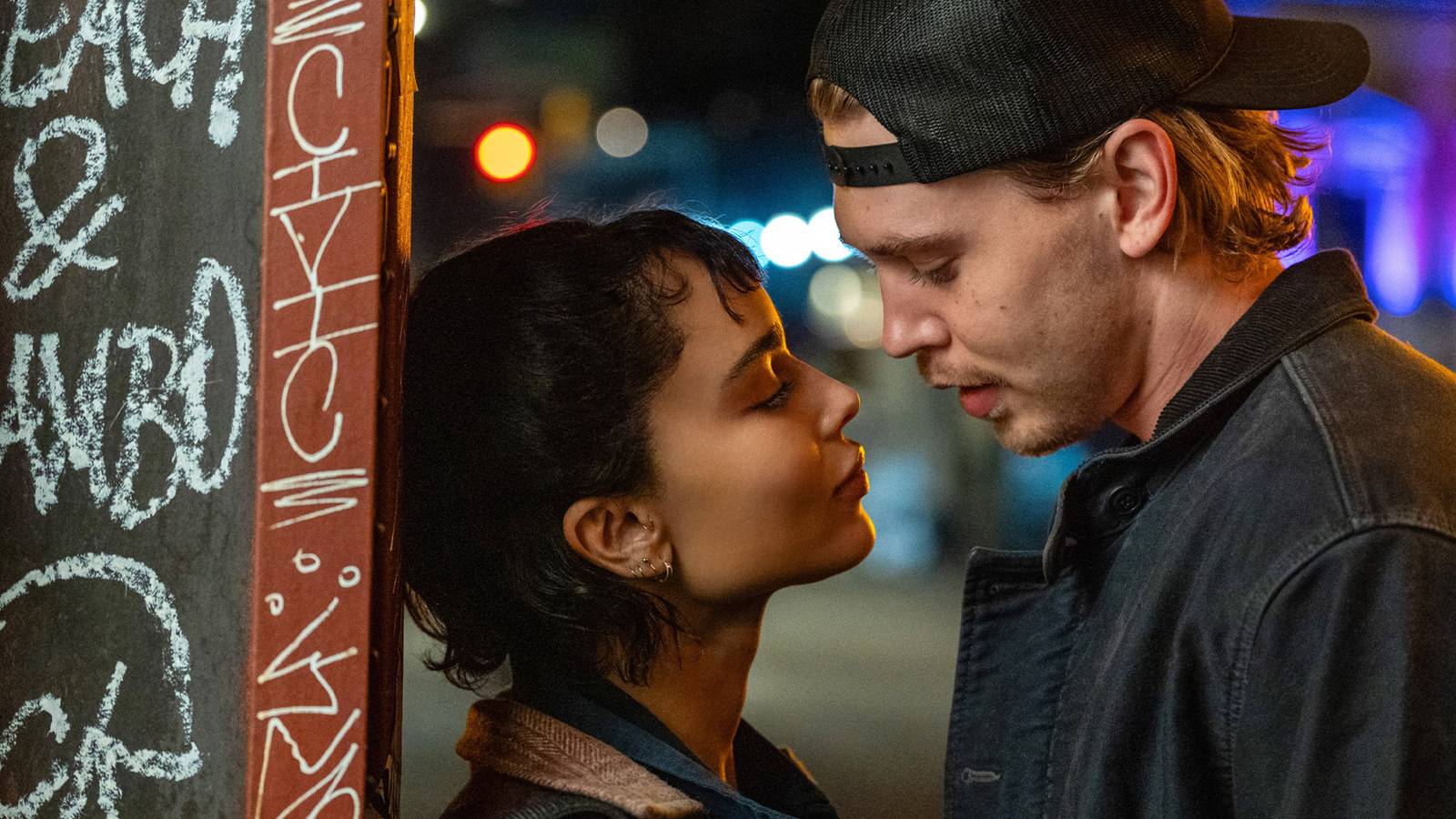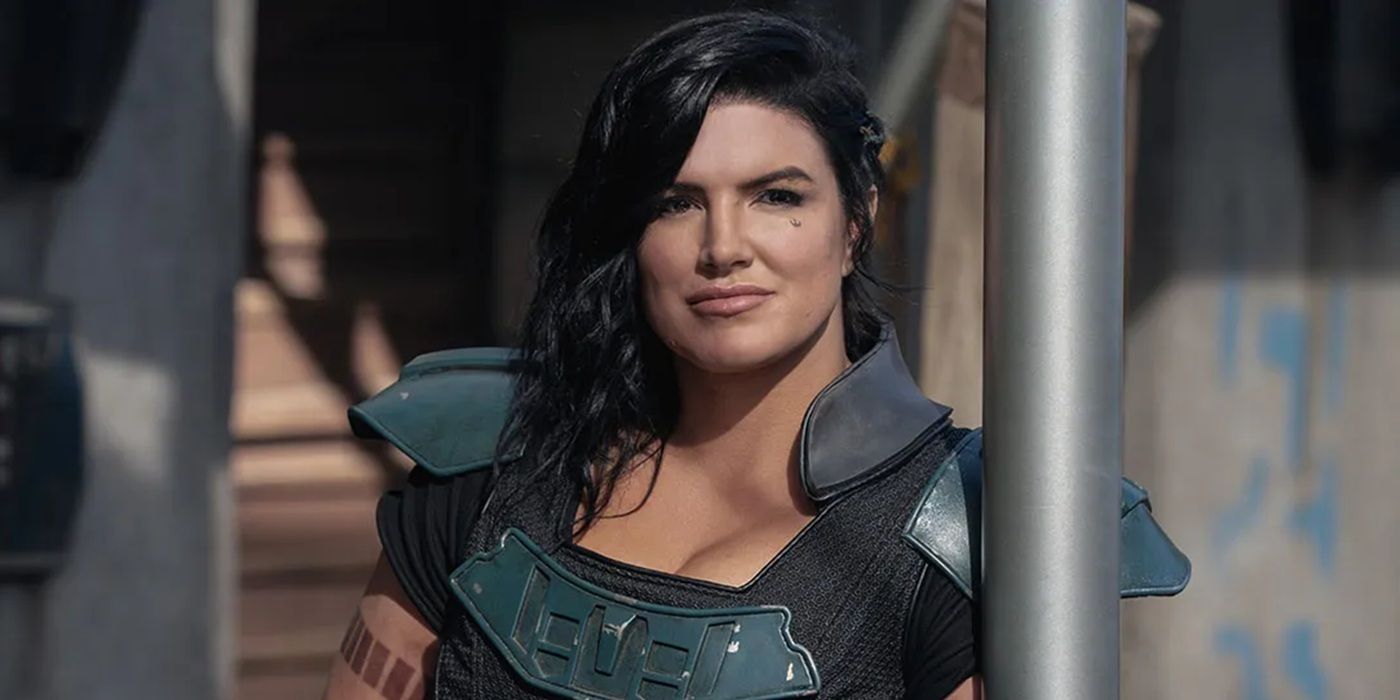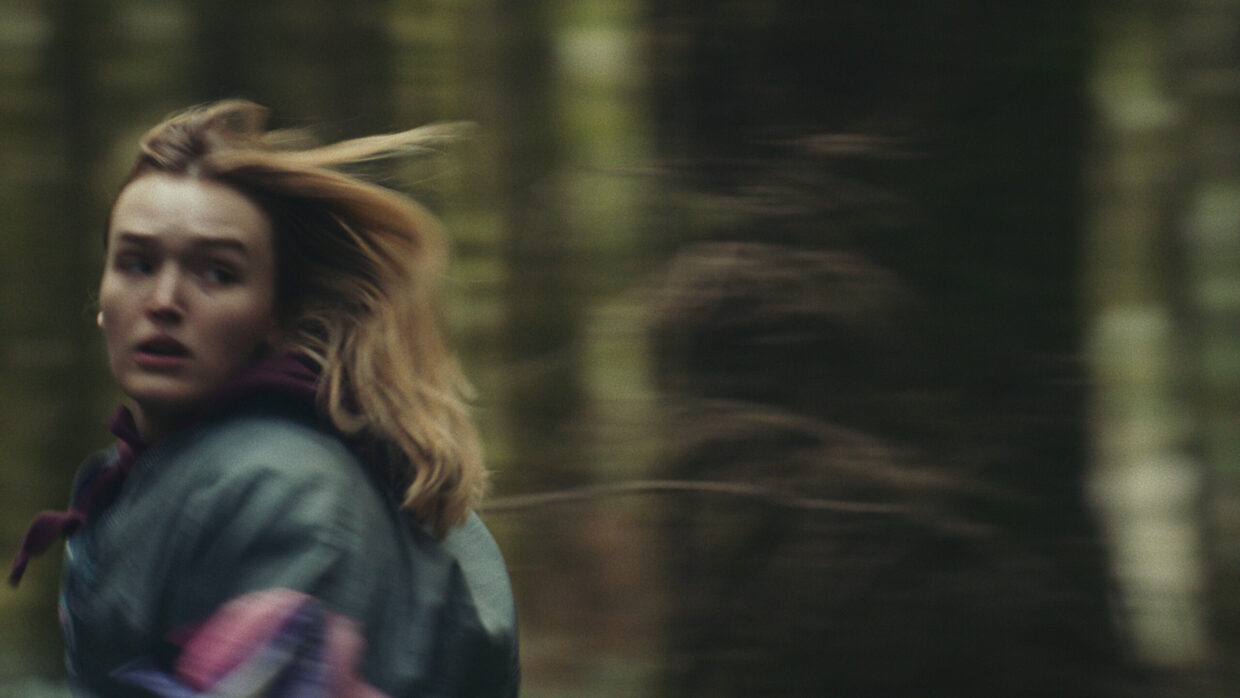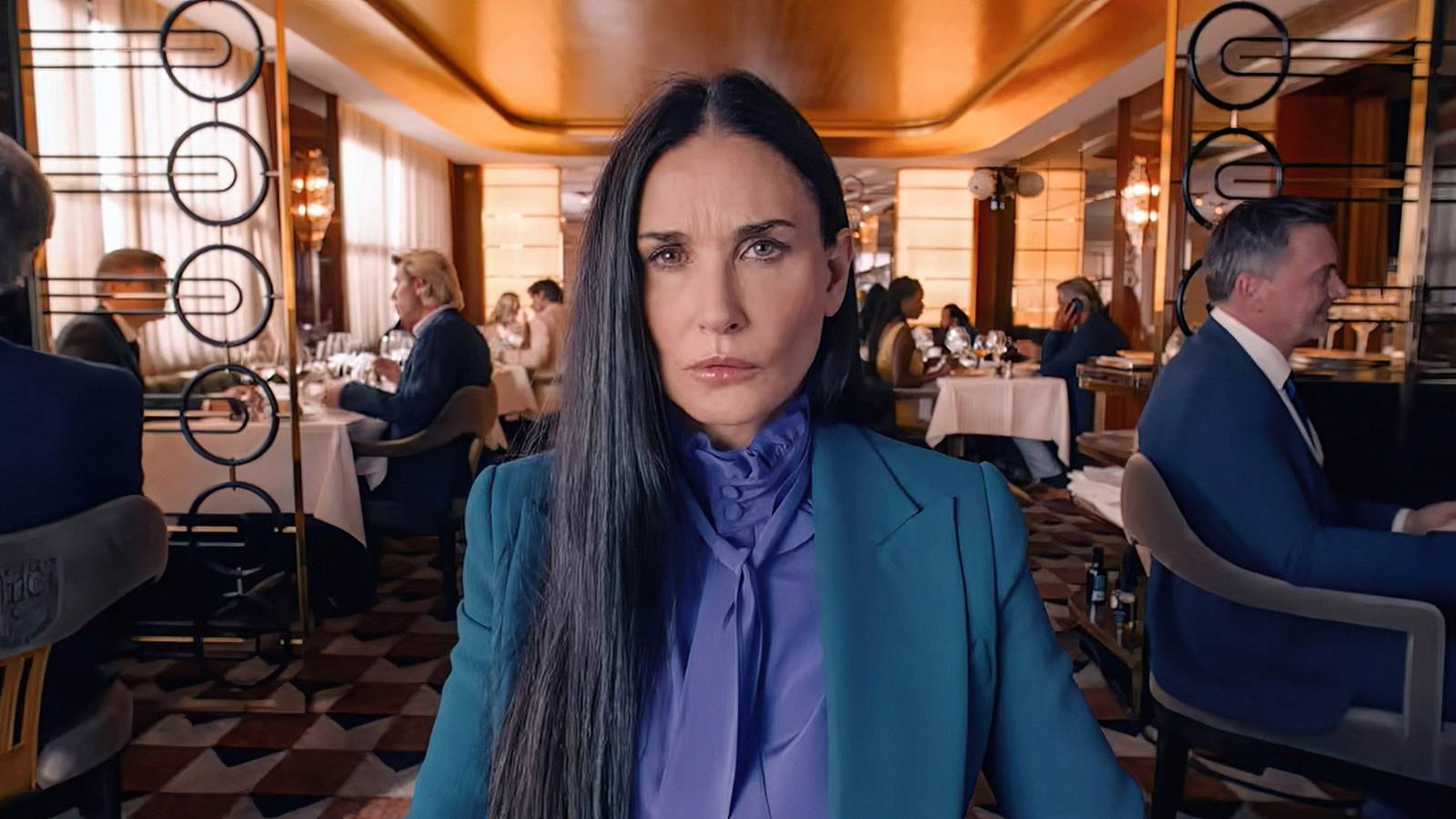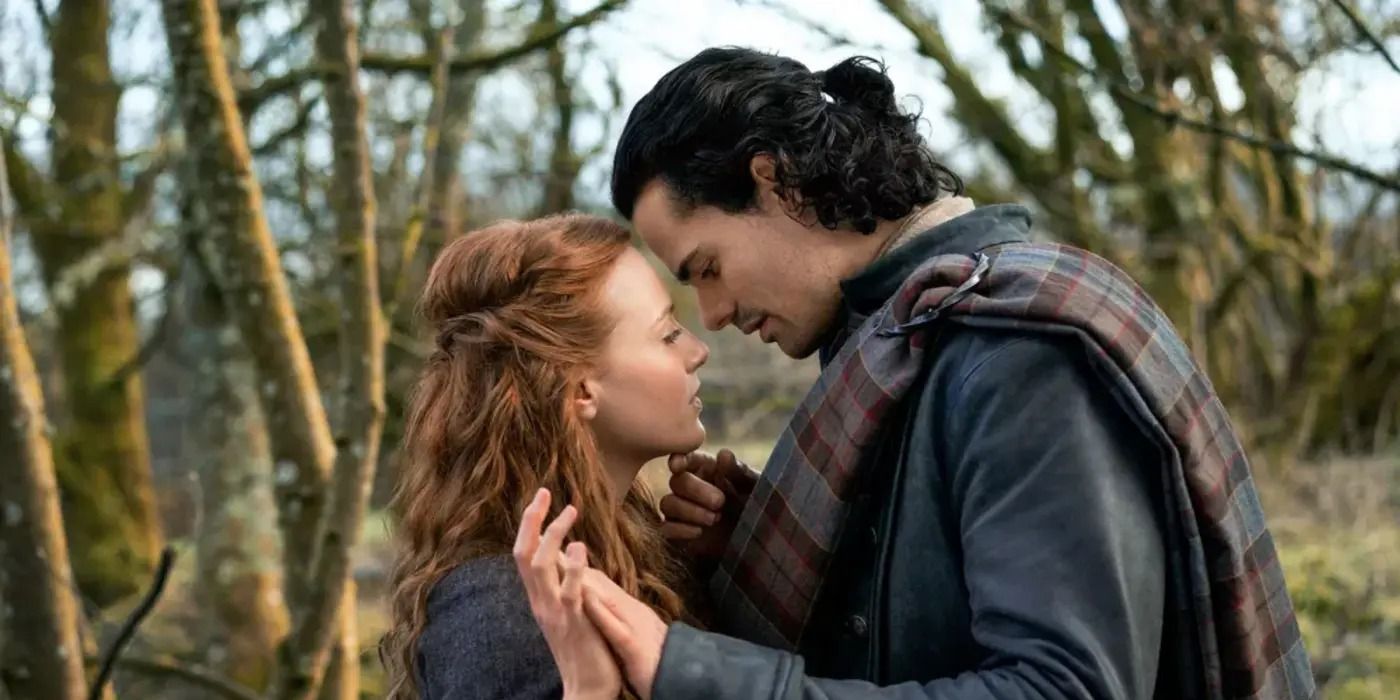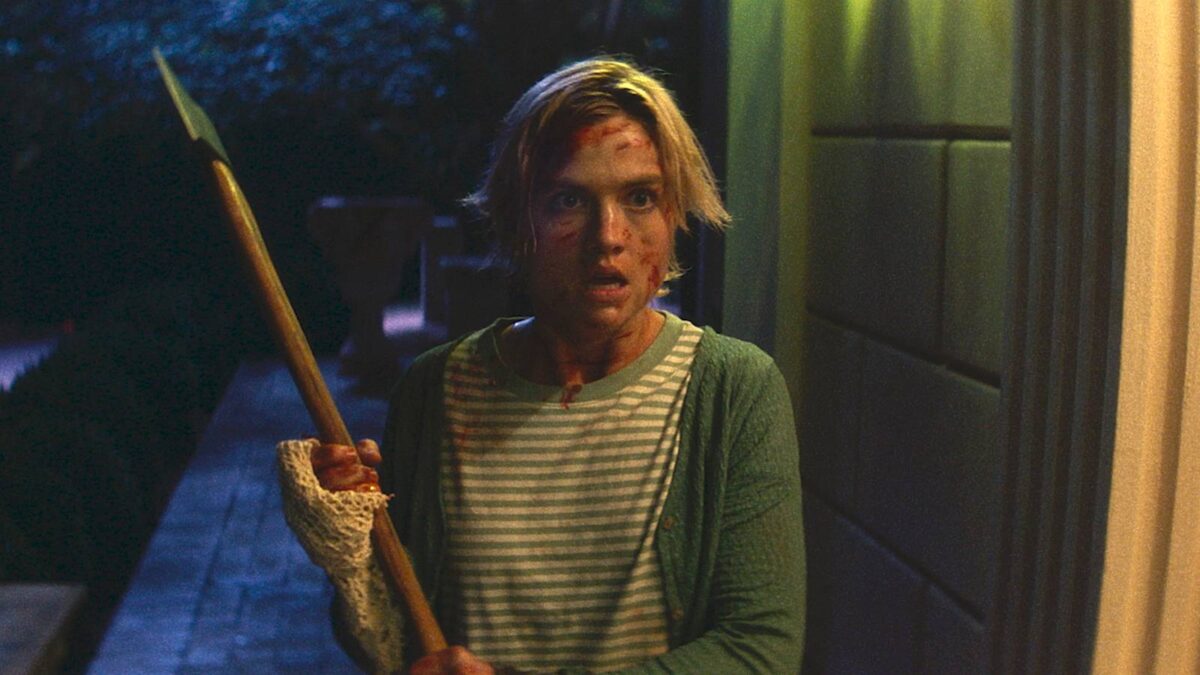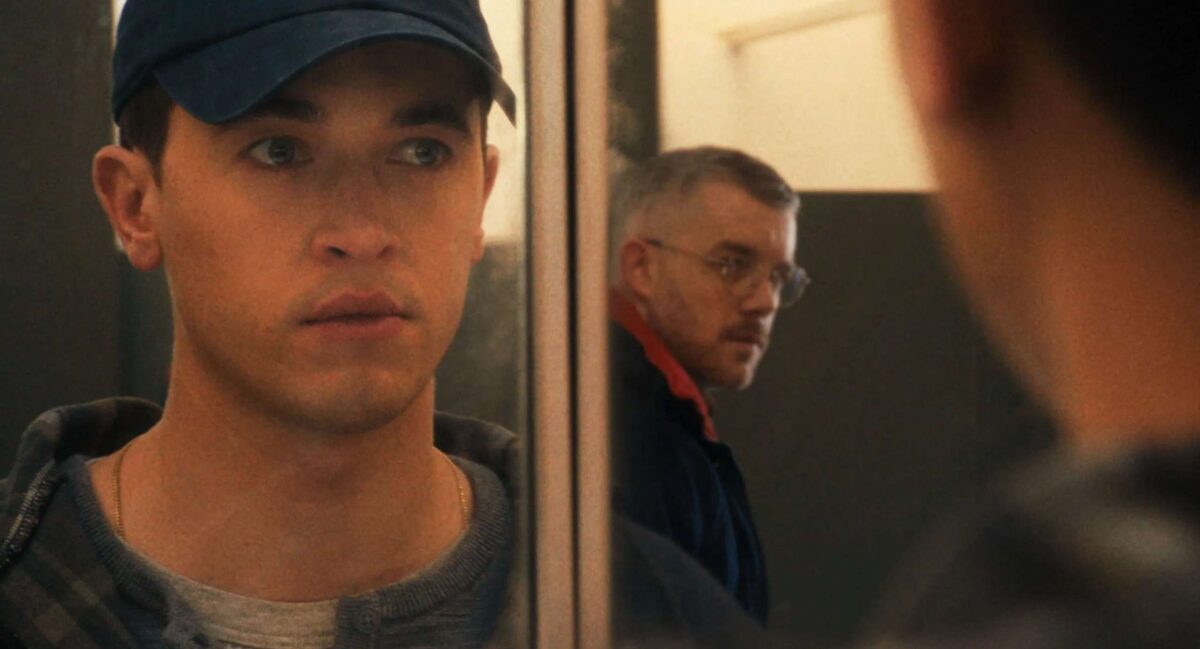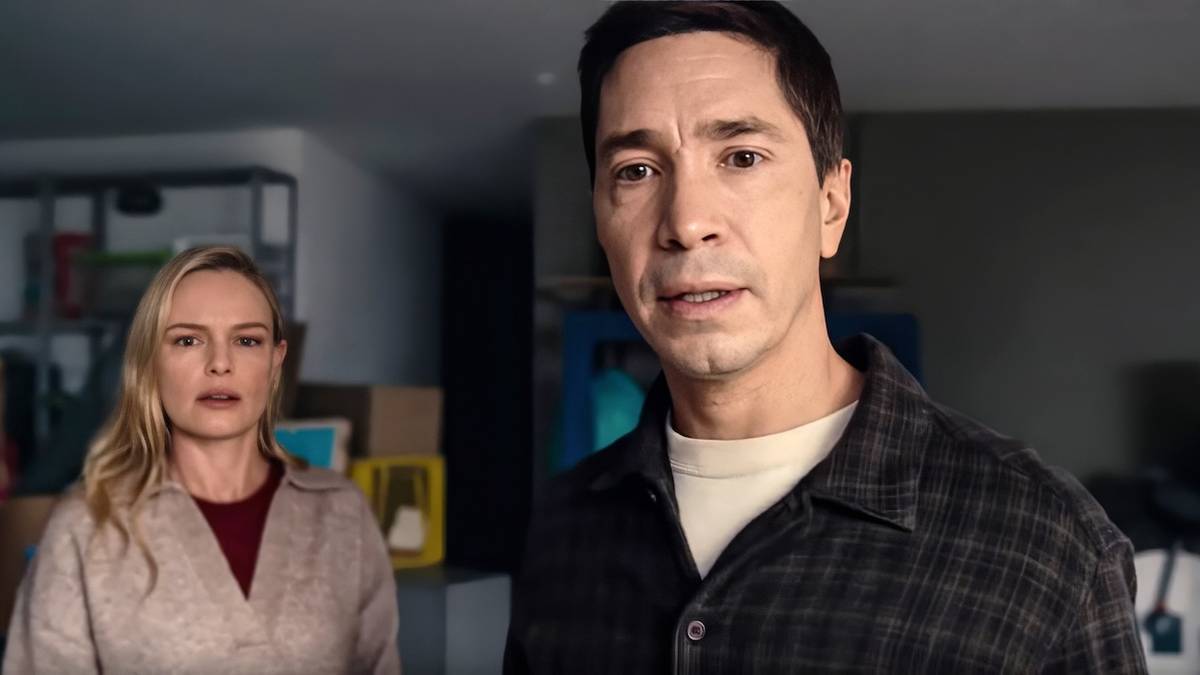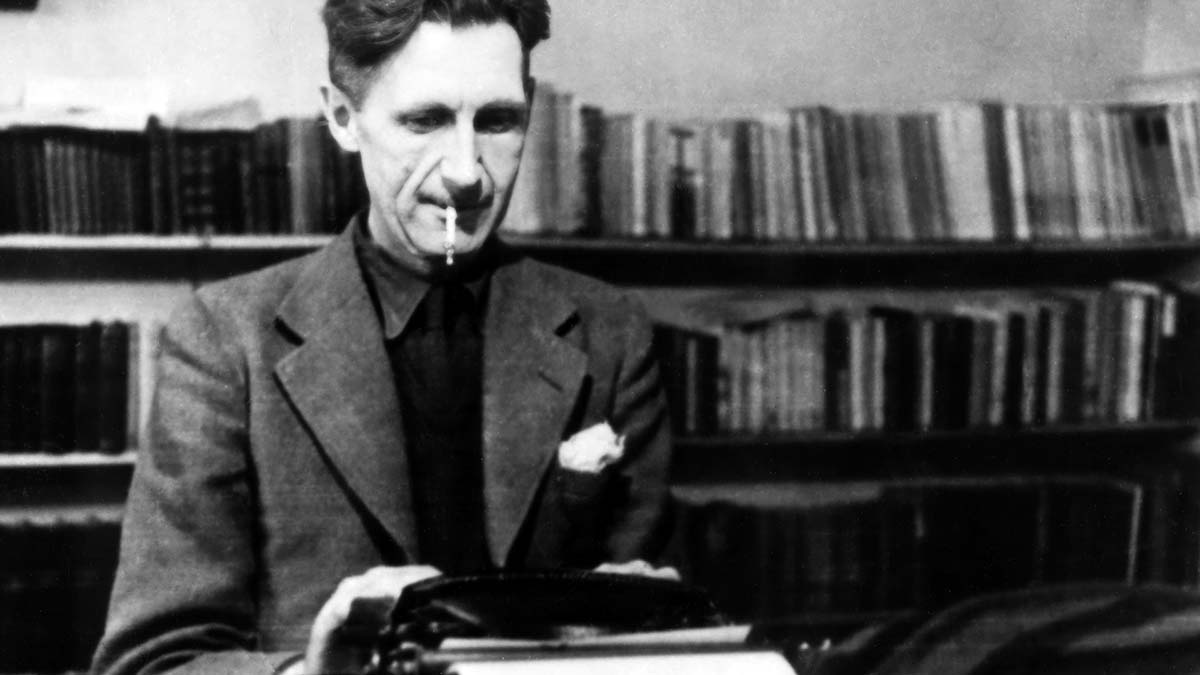
Impossible’s Christopher McQuarrie Breaks Down the Real-Life Danger of ‘The Final Reckoning’s Airplane Sequence
May 19, 2025
Summary
Christopher McQuarrie speaks with Collider’s Steve Weintraub about crafting Mission: Impossible – The Final Reckoning and the challenges of pushing the franchise to new heights — and depths.
McQuarrie details the logistics and risks of the film’s stunts, including Tom Cruise’s dangerous biplane wing stunt.
McQuarrie also reflects on the emotional weight of possibly concluding Ethan Hunt’s story.
The Mission: Impossible franchise is coming to a close this month with the release of the eighth film in the nearly three-decade-spanning action saga. In the director’s chair for Mission: Impossible – The Final Reckoning for the fourth time in the series’ history is Christopher McQuarrie, once again pushing the limits of what practical filmmaking can provide for the action genre.
In the upcoming film, Ethan Hunt (Tom Cruise) and the IMF will race against time to find the Entity, an artificial intelligence that can destroy humanity, with additional cast including Hayley Atwell, Simon Pegg, Greg Tarzan Davis, and Pom Klementieff. The film presents McQuarrie with a platform to culminate years of planning and collaboration with Cruise, bringing the franchise to a close that wraps up the story audiences have been watching since 1996.
In an interview with Collider’s Steve Weintraub, McQuarrie dives into the evolution of the Mission: Impossible franchise and bringing a scene to fruition that’s been discussed for years. The director also pulls back the curtain on his thoughts regarding director’s cuts and deleted scenes, the editing process, and Mission: Impossible – The Final Reckoning’s hardest stunts – including the one he tried out himself.
The Evolution of The Franchise
No, Mission: Impossible did not come close to going to outer space.
COLLIDER: It’s nice to see you. I’m just going to say congratulations on not crashing the Ferrari on the last mission.
CHRISTOPHER MCQUARRIE: Thank you. I’m going to take that as the best review I’ve ever had.
You parked the car in the garage, and everyone is going to be happy.
MCQUARRIE: Okay, good. From your mouth to everybody’s ear.
I’m not worried. I have a little bit of time with you, and I have a bunch of random questions. I’m obsessed with seeing movies in movie theaters the way they’re meant to be seen and not on an iPhone or whatever. Do you have a favorite movie theater?
MCQUARRIE: Now I do. I’m part of the whole Jason Reitman director collective who acquired that theater in…
The Village in Westwood.
MCQUARRIE: The Village in Westwood. That is my new favorite theater, because I’ve gotta take care of it.
I’ve seen tentative plans of what that’s going to look like. There’s going to be a bar on the roof or something. I’ve seen some crazy stuff, and it looks like it’s going to be amazing.
MCQUARRIE: It’s going to be sensational.
Do you have a favorite Stanley Kubrick movie?
MCQUARRIE: Well, you know my whole thing about favorites. I always talk about how my opinion is meaningless. I would say this: I am more partial to black and white Kubrick than color Kubrick.
The answer for Kubrick and the favorite one is: they’re all amazing.
MCQUARRIE: They’re all amazing. Well, see, that’s the great diplomatic response. If I were royalty, I would say, “They’re all amazing.”
So stunts are finally going to be part of the Academy Awards, but they’re not going to be part of the Academy Awards until the 2028 ceremony, meaning 2027. Do you think that the reason it starts in 2027 and not this year is because the Academy didn’t want Tom competing with himself in all five nominations?
MCQUARRIE: I think that’s probably what would have happened in the case of this movie.
I’m convinced of this. They were like, “We’ll get it on something else.” Being really serious, you’ve been working on Mission for, I don’t know, your whole life.
MCQUARRIE: It feels like that.
Image via Paramount Pictures
What does it actually feel like for you to have this chapter really coming to a close? Because, as far as I know, this is the last one.
MCQUARRIE: I have not processed it yet. But when you’re making these movies and when you’re involved in the process of making it, you’re dreaming about it at night. You’re editing the movie in your head. I’m still not at that place where the movie is finished, so, ask me again in a year.
You guys have put in incredible action set pieces with insane things all around the world, but I have to ask, was there ever anything cool that you guys came up with that you just couldn’t find a place for in these movies?
MCQUARRIE: What you’re seeing in this movie is that. We’ve been talking about a biplane sequence for years. We’ve been talking about a submarine for years. The ending of the movie, the last scene in Trafalgar Square, is a concept Tom and I have been talking about since the first Mission: Impossible I worked on. They find their way in there eventually.
I don’t want to get specific, but when we spoke last time, you said you had an idea of where it was all going to go for the ending of this movie, but you weren’t 100% sure you were going to get there. Is the ending of this movie what you had thought about all that time ago?
MCQUARRIE: Yes.
So it was that scene?
MCQUARRIE: Yes.
How close did Mission come to going into outer space?
MCQUARRIE: Not. I get asked all the time. The really tricky thing about shooting in outer space is Mission relies entirely on gravity. When you think about every single memorable stunt in a Mission: Impossible, gravity is a huge factor. So, shooting in Zero-G would be a complete rethink of how to make a Mission: Impossible.
Pulling Back the Curtain on Deleted ‘Mission: Impossible’ Scenes
“It’s almost like I serve you an omelet, and then I bring you the eggshells.”
Image via Paramount Pictures
One of the things I love to talk about is editing. You mentioned in the last film that it went through certain changes. With this film, how did this edit go in relation to the other Missions?
MCQUARRIE: Interestingly enough, post-Dead Reckoning, we had a complete rethink of this movie. Tried to make a nonlinear movie, tried to make something that was shorter, and the movie just went right back to the way it wanted to. It’s that way. It was always headed to this point.
Did you end up with a lot of deleted scenes?
MCQUARRIE: We did. We always do. It’s sometimes pieces — a short of a longer version of a scene you saw — but in this case, there are a few deleted scenes. There was even a… We were going down one road, and shot a bunch of stuff on St. Matthew Island, the cottage in the Arctic, and changed course. So there’s actually an alternative reality on St. Matthew Island.
I’m so curious. The movie is two hours, 49 minutes. Did you ever have a cut that was three hours thirty minutes long, or was it always this length?
MCQUARRIE: Eddie Hamilton tells me there was a four-hour cut of this movie, which I thankfully never saw.
It’s probably an assembly cut.
MCQUARRIE: Yeah, that’s an assembly. I tend not to watch those. Eddie makes an assembly, and I sit down and just start going through it scene by scene. So until I’ve gone through a cut with Eddie, I don’t watch it. It’s much shorter by the time I sit down to watch it.
When we spoke last time, you mentioned that a lot of this movie had been shot, except for certain things, but then you end up going out and shooting those other things. Did you end up shooting a lot more than you expected, or was it what you thought going in?
MCQUARRIE: No, it was what we thought going in. I would say there are really only two scenes I can think of that came much later, one of them being Hayley Atwell’s introduction. We shot that about two months ago.
That’s crazy.
MCQUARRIE: Yes. It is.
Image via Paramount Pictures
There are eight films in the Mission franchise. I know it’s early, but is there any talk of doing a big box set of all the movies and including cool deleted scenes and extras?
MCQUARRIE: I haven’t had that conversation, but I hope that the studio’s more than welcome to have that conversation.
I know that you don’t typically want to show deleted scenes and alt-takes and all that other stuff, but is there a world in a box set where if Paramount said, “Would you be down for showing certain things?” that you would pull back the curtain?
MCQUARRIE: We always do. Eddie and I like to do the deleted footage montage. We show you shots of scenes, and we give you glimpses of those scenes, and let you imagine what it was. But I always find it’s weird when you’re watching deleted scenes because, to me, I describe that as like, it’s almost like I serve you an omelet, and then I bring you the eggshells. They’re all things that are necessary to make the movie, but they’re not. In the end, they’re not what makes the movie.
I totally get it. Some directors I’ve spoken with, they’re like, “Screw it, I’ll show you all these scenes.” Others are like, “You’re not going to see anything.”
MCQUARRIE: Well, the only director’s cut I’ve ever seen that I thought was really a significant improvement on the movie was Top Speed. Every other time I see a director’s cut and I see scenes added, all I’m thinking is, “I could totally see why they cut that.”
We had this conversation last time and then I told you to watch the Kingdom of Heaven director’s cut, and you said you would.
MCQUARRIE: Which I have not. And I hear that’s very, very good. I hear that’s an improvement on the movie.
It is night and day. It is a masterpiece.
MCQUARRIE: So why didn’t they release that?
Related
Why ‘Kingdom of Heaven: Director’s Cut’ Is One of Ridley Scott’s Best Movies
The theatrical cut is a serviceable action movie, but the director’s cut is the true historical epic.
I think Ridley [Scott] has admitted he made a mistake. I think the studio basically said, “It’s close to three hours, can you make it shorter?” Forty-five minutes is missing. It destroyed the film.
MCQUARRIE: Well, you know the story about Brazil, how they cut Brazil down. Or the original American release of Once Upon a Time in America. Shorter isn’t better. Fallout, we did a cut that was five minutes shorter, and the scores plummeted. Only five minutes. Tom and I say all the time… We were asked when this movie was coming together, and we didn’t know the runtime, and the studio would say, “Well, how long is the movie?” And we always say, “As long as it’s entertaining.”
By the way, I agree, and people don’t realize one scene can make or break a movie.
MCQUARRIE: Absolutely.
‘Mission: Impossible – The Final Reckoning’s Nail-Biting Stunts
“I’m saying this from experience. I did it as well, and it’s pretty extraordinary.”
Image via Paramount Pictures
When you think of all the action scenes you’ve done with Tom, and all of them are just nail-biters that are like, “Holy F,” right? What are the top three or five times you were the most nervous on set?
MCQUARRIE: Everything in the aerial sequence in this movie.
Everything?
MCQUARRIE: That’s the top three.
People don’t realize that it’s like hurricane winds that are pushing him around or how cold it is. Can you describe to people what this was?
MCQUARRIE: The really terrifying part of that is that when Tom climbs out onto the wing of that plane, he’s immediately being hit with wind going 140 miles an hour. You can’t breathe. I’m saying this from experience. I did it as well, and it’s pretty extraordinary. But what would happen is we’d have a timer. Mary Boulding, my assistant director, would be sitting next to me in the helicopter, and as soon as Tom climbed out on the wing, she would start a timer. It was her job to tell me, counting off every minute that he was on the wing. So imagine you’re hearing in your headphones as you’re watching the sequence, “One minute on the wing, two minutes on the wing.”
We knew at 12 minutes, between the physical exertion and the lack of oxygen, that Tom was starting to lose strength rapidly. There were times when Tom wanted to complete the action, but had gone way past the 12-minute mark, and was so physically exhausted he couldn’t get back into the plane. You can’t land the plane if Tom is on the wing of the plane, and there were times we were up there long enough that there was not enough fuel in the plane. Fuel was running out, and Tom was laying on the wing, and it was like watching a Mission: Impossible movie of, “Is he going to get back into the cockpit in time for them to land the plane?” Those were pretty intense days. That’s a snapshot.
I have no words for that. We have to talk about the submarine sequence, just because it is fucking crazy. When people are watching it, they’re not going to realize what went into that sequence and how little oxygen Tom had, and the fact that no one does a submarine sequence where there’s water in one room but not water in the other. And on top of that, you’re rotating it. You’re basically throwing everything you possibly can at the sequence.
MCQUARRIE: Thank you, I’m glad you noticed that. That hits the nail on the head. When Eric Henderson and I were designing the sequence, as I’d seen other sequences with people moving through wrecks of ships, if the ship is flooded, it’s fairly ghostly. It’s kind of one-note; it’s not sustainable for the length of time we wanted. It lacked a certain element of danger. Once we had the idea that he would start moving water through the submarine in order to move from chamber to chamber, which, of course, created displacement, to which we said, “Well, what if the submarine started rolling?” And, of course, because you’re in a submarine, you’re in a tube, you can do that. As soon as that happened, the exponential number of solutions to those problems started to build. And that’s where we ended up building the gimbal. Hopefully, people will see it on the special features on home media.
Image via Paramount Pictures
You’re talking about a tank that was 8.5 million liters. It did not exist anywhere in the world, so we had to build it — two giant Derek cranes on either side of that tank, which could raise and lower a gimbal. Now, what a gimbal is, is anything that allows you to rotate or pivot the set, or the set piece that you’re on. This gimbal was a 60-foot diameter cylinder that you could take one set out of and load another set into. It took two weeks to unload and reload a set. That gimbal could rotate 360 degrees, and it could pitch 45 degrees in both directions, and weighed 1,000 tons. So, you’re talking about a 360-degree rotating 1,000-ton steel gimbal that was submersible and worked with such precision that it actually could be pivoted down to the millimeter. The building of that took two and a half years while we were making another movie, and was growing behind my trailer. So, every morning I would come to work and have meetings with my crew in my trailer, and I would watch as they were building this thing.
We knew while we were building it, from the experience of having made all these other movies, that anything you thought you were going to do and anything you planned… We did a pre-visualized animatic. For people who don’t know what that is, you’re essentially animating the sequence in advance. We did storyboards. We had shot lists. We did everything that you’re supposed to do, knowing that everything we were doing was not going to work when we got there, because the sheer physics of it was something we couldn’t predict. So, I was, in that way – if you’ve ever seen [Federico] Fellini’s 8 ½ where he goes to work every day watching them build a rocket, and he didn’t know what they were building the rocket for — that is a snapshot of what it was like doing the submarine sequence.
I have to stop with you. I’m just going to say congratulations.
MCQUARRIE: Thank you.
And hopefully we will talk more about this in the future.
MCQUARRIE: You know we will.
Mission: Impossible – The Final Reckoning releases in theaters on May 23.
Get Tickets
Publisher: Source link
Erotic Horror Is Long On Innuendo, Short On Climax As It Fails To Deliver On A Promising Premise
Picture this: you splurge on a stunning estate on AirBnB for a romantic weekend with your long-time partner, only for another couple to show up having done the same, on a different app. With the hosts not responding to messages…
Oct 8, 2025
Desire, Duty, and Deception Collide
Carmen Emmi’s Plainclothes is an evocative, bruising romantic thriller that takes place in the shadowy underbelly of 1990s New York, where personal identity collides with institutional control. More than just a story about police work, the film is a taut…
Oct 8, 2025
Real-Life Couple Justin Long and Kate Bosworth Have Tons of Fun in a Creature Feature That Plays It Too Safe
In 2022, Justin Long and Kate Bosworth teamed up for the horror comedy House of Darkness. A year later, the actors got married and are now parents, so it's fun to see them working together again for another outing in…
Oct 6, 2025
Raoul Peck’s Everything Bagel Documentary Puts Too Much In the Author’s Mouth [TIFF]
Everyone has their own George Orwell and tends to think everyone else gets him wrong. As such, making a sprawling quasi-biographical documentary like “Orwell: 2+2=5” is a brave effort bound to exasperate people across the political spectrum. Even so, Raoul…
Oct 6, 2025
